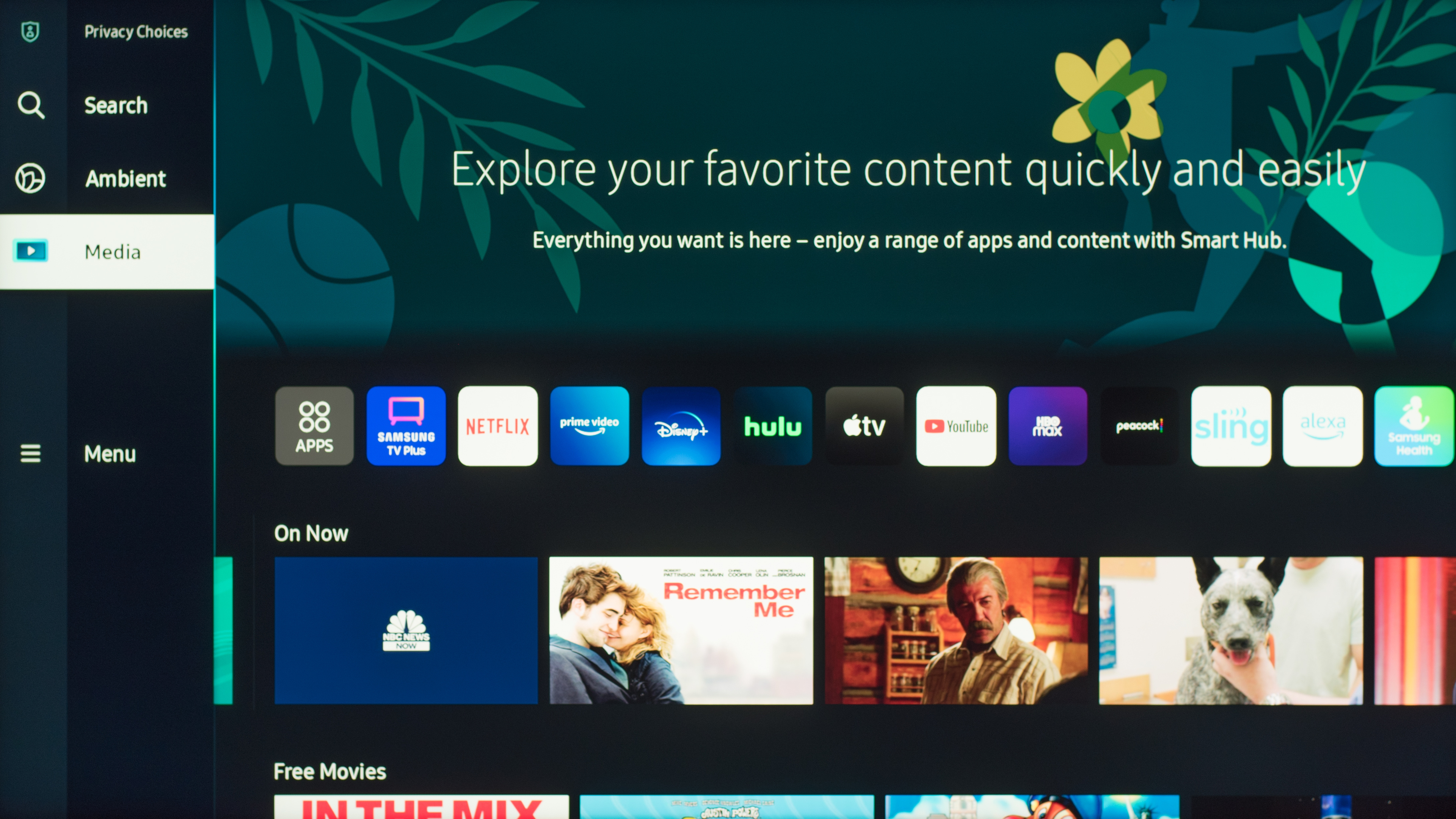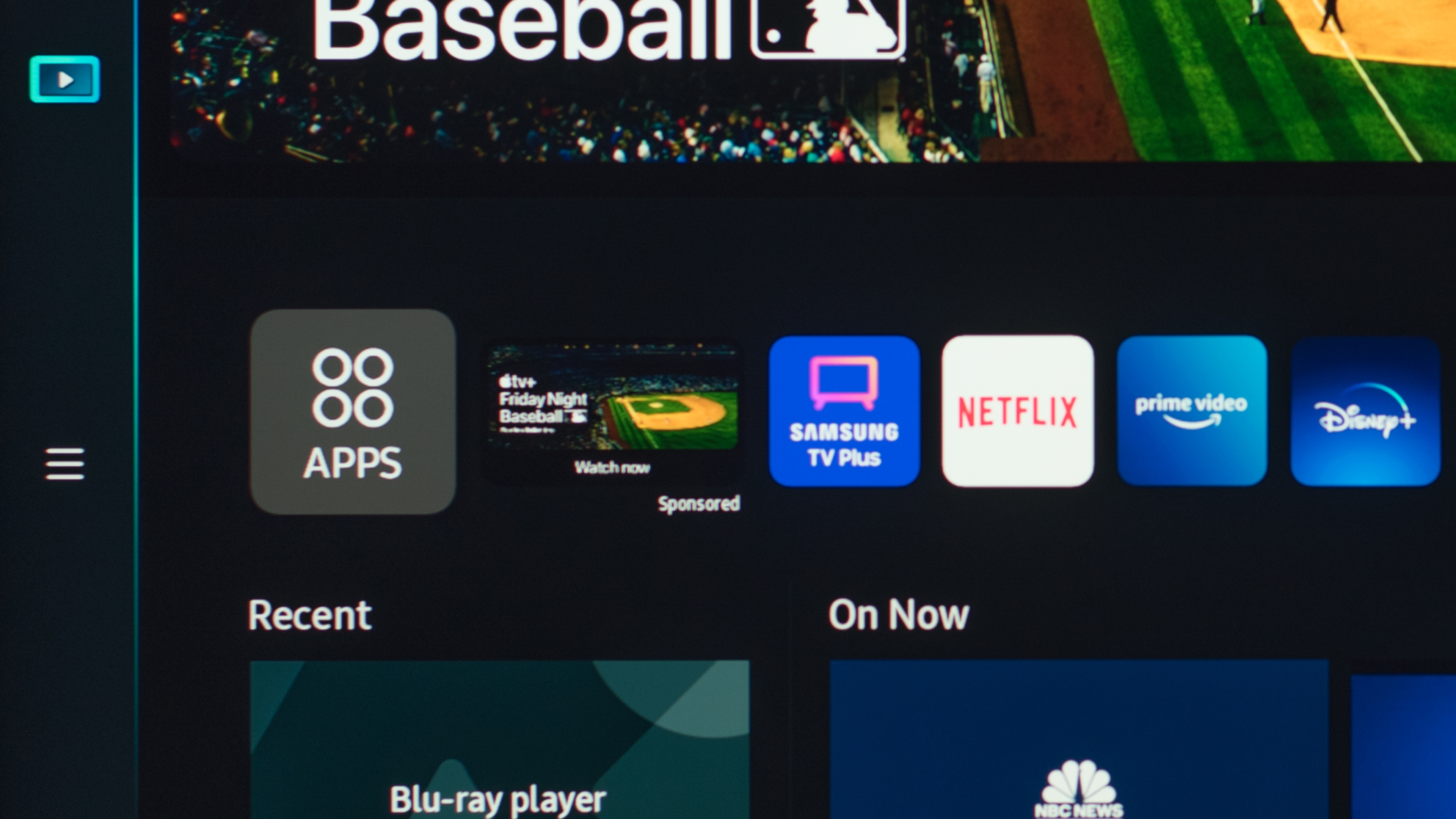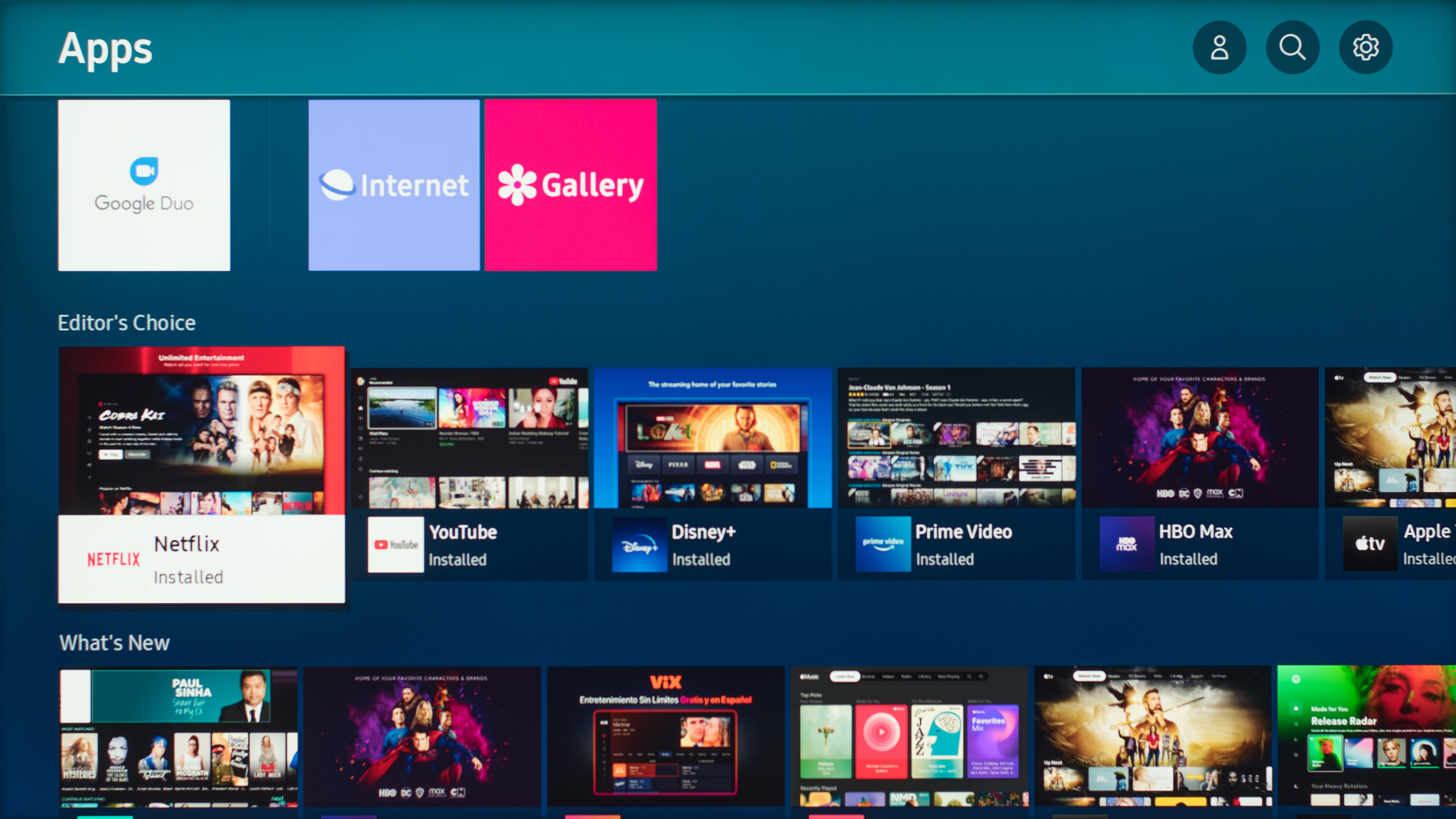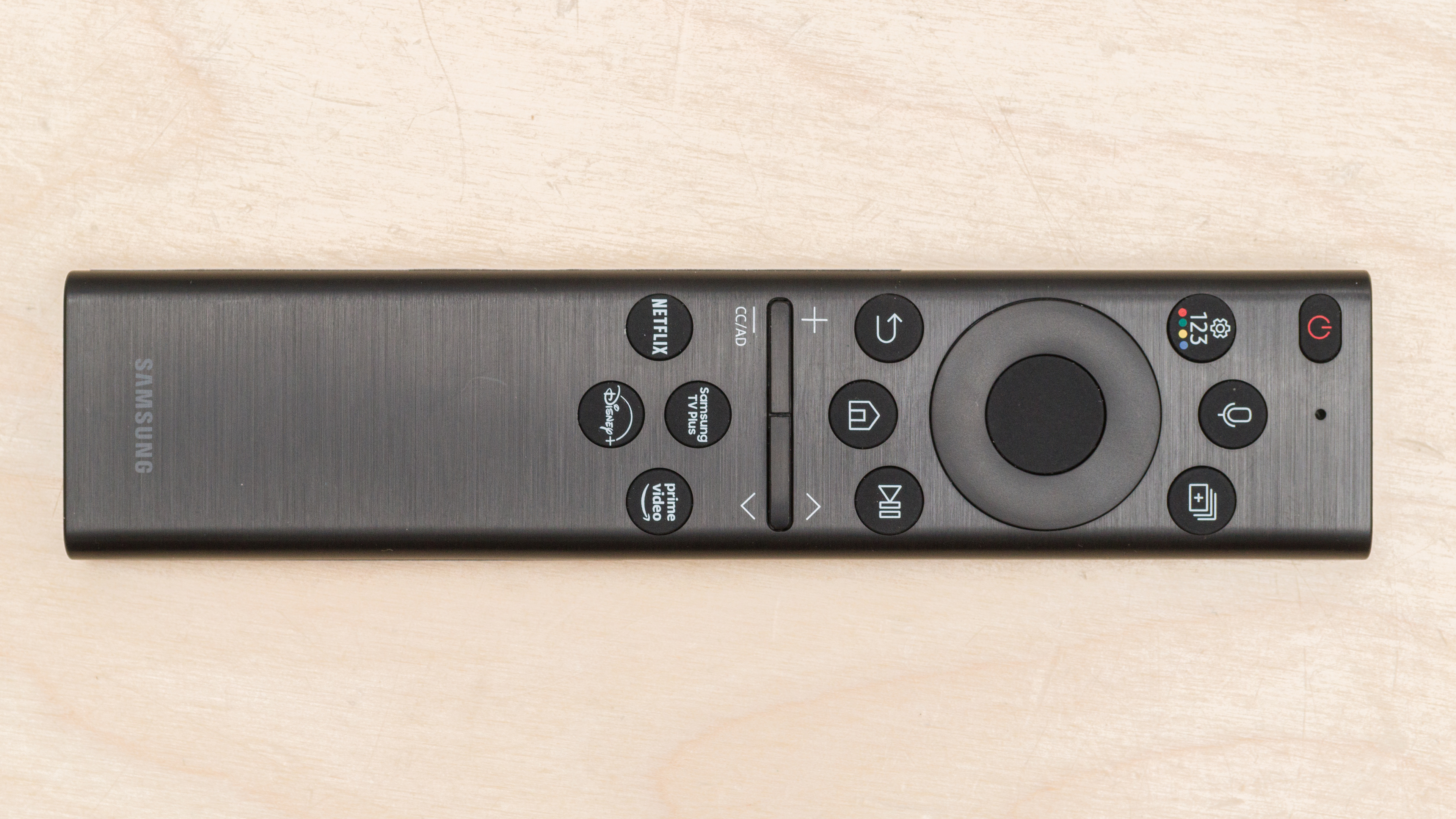To try to better understand how long a TV should last, we're running 100 TVs through an accelerated longevity test for the next two years. We've just posted our results after eight months, see our latest updates.
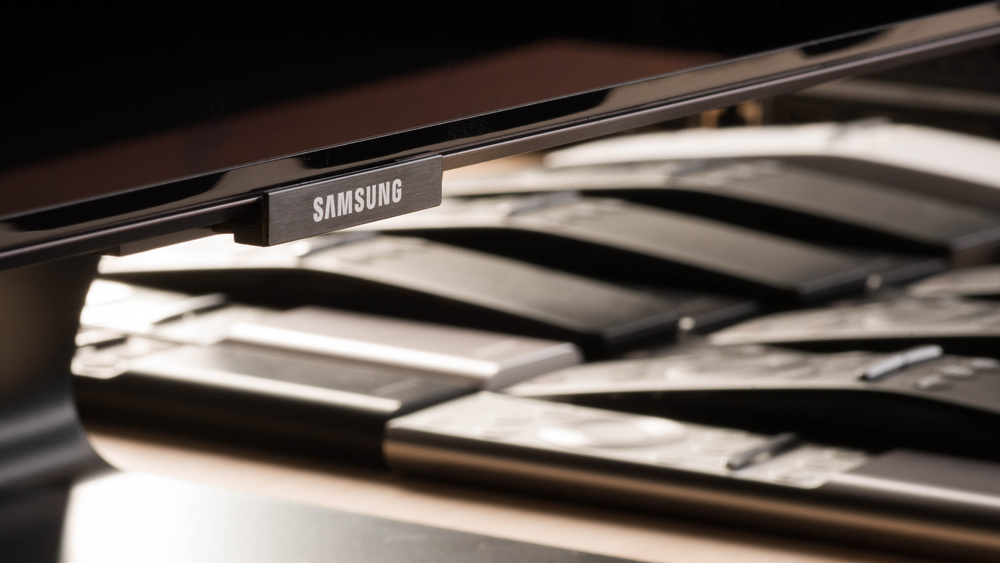
We've bought and tested over 115 Samsung TVs. Generally speaking, Samsung TVs are versatile and can provide good-to-excellent picture quality. Samsung is known for its LED models, which generally have great gaming features. Samsung introduced their new Neo QLED TV lineup in 2021, which is an improvement on their more traditional QLED lineup as it introduces Mini LED backlighting, and combined with the quantum dot layer, their high-end TVs provide great picture quality. Along with Sony, they also released the first QD-OLED TV in 2022 to compete with LG's OLED lineup.
Most brands, including Samsung, have started releasing their 2023 lineups, so vote on which ones you want us to buy and test. To learn more about what Samsung has planned for 2023, check out our 2023 TV lineup page.
Updates
- 09/05/2023 Samsung Q80/Q80B QLED updated
- 09/05/2023 Samsung QN90B QLED updated
- 08/21/2023 Samsung Q70C [Q70, Q70CD] QLED reviewed
- 08/02/2023 Samsung QN85C/QN85CD QLED reviewed
- 06/14/2023 Samsung Q80C [Q80, Q80CD] QLED reviewed
Best Samsung Smart TVs
-
Best Samsung TV
Mixed Usage8.9TV Shows8.6Sports8.9Video Games9.4HDR Movies8.9HDR Gaming9.2PC Monitor9.4The Samsung S90C OLED is the best Samsung TV we've tested. It combines the deep inky blacks of LG Display's OLED technology with Samsung's Quantum Dot technology, resulting in a wider color gamut and brighter colors than traditional OLED TVs made with LG Display panels. It's a fantastic TV overall with impressive picture quality. Like most high-end Samsung TVs, it has a wide array of extra features, including 4k @ 144Hz support from the new-gen consoles or a recent PC graphics card.
The S90C sits just below the higher-tier Samsung S95C OLED. The more expensive model sports a refreshed design that looks incredible when wall-mounted, thanks to its uniform design and incredibly thin bezels, and it now comes with an external Slim One Connect box to keep your cable setup clean. The price of the S95C is significantly higher than the S90C's, though, so it's not worth buying over it. Otherwise, 2022's Samsung S95B OLED is very similar to the Samsung S90C OLED, although it's a bit dimmer, doesn't have official 4k @ 144Hz support, and is only available in a 55 and 65-inch format. For a similar price, the newer model is the clear choice, but if you can find the older model on clearance, it's a great value pick.
-
Best Upper Mid-Range Samsung TV
Mixed Usage8.3TV Shows8.2Sports8.3Video Games8.7HDR Movies8.2HDR Gaming8.7PC Monitor8.9The Samsung QN90C/QN90CD QLED is the best upper mid-range Samsung TV we've tested. Alongside the Samsung QN95C QLED, it's Samsung's flagship 4k LED TV for 2023, featuring an impressive Mini LED backlight to increase the appearance of small highlights and reduce blooming in dark scenes. It's an excellent TV with a great selection of features, so there's something for everyone. It's not quite as good as Samsung's OLEDs in a dark room, though, as there's still some blooming around bright objects, and blacks aren't perfectly deep and inky.
On the other hand, it's a better choice for watching shows in bright rooms because it has fantastic reflection handling and easily gets bright enough to fight glare, so visibility isn't an issue even in the brightest rooms. It doesn't come with the Samsung QN90B QLED's 'Ultra Viewing Angle' technology, so its viewing angle is slightly narrower, but it also doesn't have the older model's distracting rainbow smearing. Otherwise, they're very similar TVs, so grab the cheapest one you can find, although the QN90B is becoming quite hard to find in certain sizes, while the QN90C is readily available.
-
Best Mid-Range Samsung TV
Mixed Usage7.5TV Shows7.7Sports7.8Video Games7.7HDR Movies6.9HDR Gaming7.8PC Monitor8.7If you want better picture quality without breaking the bank, the Samsung Q80/Q80B QLED is the best mid-range Samsung TV we've tested. Stepping up from the Samsung CU7000/CU7000D, it's a good TV overall, with excellent peak brightness in SDR and decent reflection handling, so it performs well in a bright living area. Unlike most mid-range TVs, it also has a wide viewing angle, making it a great choice for a wide seating arrangement, as the image remains consistent even when viewed from the side.
Unfortunately, this wider viewing angle comes at the expense of contrast, so it doesn't look as good as the Samsung QN90C/QN90CD QLED or the Samsung S90C OLED in a dark room. Like most Samsung TVs, it has great gaming features, and all four HDMI ports support HDMI 2.1 bandwidth for console gamers. It runs the 2022 version of the Tizen OS interface, with a huge selection of streaming apps and an easy-to-use interface. Its successor, the Samsung Q80C QLED, is a bit better but more expensive, so it's not worth the purchase compared to its predecessor.
-
Best Budget Samsung TV
Mixed Usage6.7TV Shows6.4Sports6.6Video Games7.2HDR Movies6.6HDR Gaming7.4PC Monitor7.2The Samsung CU7000/CU7000D is the best budget Samsung TV we've tested. Although Samsung doesn't release many budget models anymore, especially in North America, this TV offers decent overall performance at a low cost. It's available in a wide range of sizes, from 43 to 85 inches, so there's a model for any room size. Unlike Samsung's more expensive models, like the Samsung QN90C/QN90CD QLED and Samsung Q80/Q80B QLED, it doesn't use quantum dot technology and can't display a wide color gamut, so even though it supports HDR, it can't display it properly.
On the other hand, like the high-end models, it performs well in dark rooms thanks to its decent native contrast ratio and great black uniformity, resulting in deep blacks with no blooming around bright objects. However, it doesn't have a local dimming feature to improve the contrast. The TV's good response time makes it a great choice for fans of sports or action movies, and when combined with the TV's low input lag, it's also a great choice as a cheap gaming TV. It comes with the 2023 version of Tizen OS, and you still get the same great remote and tons of apps available to download.
Compared To Other Brands
-
Well-rounded.
Samsung's high-end models are some of the best TVs we've tested. They don't excel in just one category; they're well-rounded and offer great performance for various uses. -
Perform well in dark and bright environments.
Their QLED TVs, especially those with VA panels, have high contrast and get bright, so they're good for dark and bright rooms. -
Great gaming features.
Samsung is a leader in gaming features, and even their mid-range models have variable refresh rate (VRR) and ALLM support.
-
Uniformity issues.
Samsung models typically don't have good gray uniformity and have some dirty screen effect, which could get distracting during sports or PC use. -
TVs can be costly, and may not offer good value.
Samsung's high-end TVs can get costly, so while they provide the best performance, they may not have the best value compared to other brands. There are often cheaper TVs that you can get with a few compromises. -
Few budget models.
Although Samsung used to offer a wide range of budget models, in recent years, they've pretty much abandoned their budget lineup, and even some mid-tier models are now only available in certain regions.
Samsung vs Sony
Samsung TVs usually have more gaming features than Sony TVs, in particular lower input lag and official 4k @ 144Hz on some models, and Samsung also has a bigger TV lineup. In comparison, Sony TVs are usually built a bit better, with mostly metal construction. They also tend to have better image processing and color accuracy, so they're better for home entertainment setups.
Samsung vs LG
Samsung TVs generally have better picture quality than the average LG LED-backlit LCD TV. Samsung TVs usually get a fair bit brighter and have better contrast, while LG TVs generally have much wider viewing angles and better smart features. While LG has more OLEDs in its lineup, Samsung has released its own OLED TVs known as QD-OLED, which produce brighter and more vibrant colors than LG's OLEDs. LG OLEDs do tend to have more features than Samsung's; in particular, LG's recent OLEDs support Dolby Vision HDR, DTS advanced audio format support, and have better image processing than competing Samsung models.
Samsung TVs provide performance suitable for most buyers, but they can also be costly compared to some competing brands. They generally perform very well and are among the best TVs on the market, especially if you want gaming features. However, competition is increasing, and Samsung LED TVs don't seem to provide as much value as they previously did. They recently entered the OLED market and released their own QD-OLED TVs to compete with high-end LG OLED models.
Lineup
2023 Models
In early January 2023, Samsung announced the vast majority of their 2023 lineup. As usual, Samsung is releasing a very wide range of TVs, but like last year, their focus has shifted to high-end models, with very few new entry-level models, and their mid-range selection is relatively unchanged. Like most brands in 2023, Samsung's focus is on increasing the peak brightness of their high-end TVs and improving the Mini LED backlight features with smaller zones that will deliver a better local dimming feature. They've also expanded their QD-OLED lineup, with a larger 77-inch version now available, and it's now available with or without Samsung's signature One Connect box, so you can choose the model that best suits your needs.
For the most part, Samsung is keeping the same model names as last year, substituting 'C' instead of 'B' for the year suffix.
Model Names
Samsung's lineup covers everything from budget to high-end models. As a rule of thumb, the higher the number, the better it is, although sometimes the improvements aren't worth it. The suffix letter in their model number corresponds to the year:
- C = 2023
- B = 2022
- A = 2021
- T = 2020
Samsung uses the prefix Q* to denote their high-end QLED models, and the last letter of these models also reflects the year, corresponding to the list above (i.e., the Q90T is a 2020 QLED TV). They introduced the Mini LED lineup in 2021, labeled with QN in the model name, like the Samsung QN90A. As for their non-QLED models, the prefix letters denote the year. For example, the AU8000 is the 2021 entry-level model.
Smart Features
In the infancy of smart TVs, Samsung was the leader in functionality and smart features. It isn't to say that they were very good, as it took quite a few years for Smart TV platforms to mature into something comparable to external set-top boxes. However, other companies have caught up to Samsung and offer similar all-around performance, like Roku TV or LG's webOS, meaning the best Samsung smart TV isn't much better than smart TVs from other brands.
Samsung has constantly been updating its Tizen platform to ensure it competes with its competitors. In 2017, they added voice capabilities to their remote and smart platform, making it easier to navigate through menus. In 2018, they added Bixby virtual assistant, so you can use voice to control other Samsung devices in your house, like lights, fridges, and door locks. The 2020 update featured a new, sleeker look with a 'Dark Mode' that isn't as bright as the white theme in older versions, and the 2022 version has a new full-screen webpage, which is an improvement over past versions that had all the apps and settings in a toolbar.
Interface
The interface is very simple and easy to navigate. As of 2022, they have a full-screen webpage instead of the toolbar they had in past years. You'll find downloaded apps here, and you can quickly access the different inputs and settings. The interface works well, and there are many animations, but these can be slower on lower-end TVs.
Ad-free
Unfortunately, Samsung's Smart Hub also shows ads on the home screen. They show up in the same row as the installed Samsung Smart TV apps, and you can't disable them.
You can opt out of personalized advertising in the settings, but unfortunately, that only means that you'll see very repetitive ads instead of targeted ones.
Apps & Features
The app selection is pretty extensive nowadays. All the popular video and music services are available and more. Fortunately, the search function is quite good, and results come up very quickly. Like LG's webOS and Google TV on Sony TVs, Samsung TVs have an excellent selection of apps, and most streaming services are available.
Voice Controls
Voice Command was overhauled in 2017, and voice controls are pretty good now. Other smart interfaces were updated in 2018 to search for content and apps and change settings, something Samsung has been able to do for a few years. Even more in-depth stuff like calibration settings are only a button press away, which is quite nice.
- Changing inputs
- Launching apps
- Basic online searches, including "What time is it?" or "How's the weather in New York?"
- Changing some settings
It's also possible to search within apps, but only a few apps support this. It isn't possible to search Netflix, for example, but YouTube is a go.
Remote
Samsung updated their remote with the release of the 2022 TVs. It features the same buttons as remotes from previous years, except with a redesigned body with brushed plastic on the bottom. There are quick-access buttons to popular streaming services and for your voice control. It's minimal compared to traditional TV remotes, as you don't get a Numpad, but you still get navigation buttons. It's small and sleek-looking.
What sets this remote apart is that the QLED lineup comes with a solar-powered remote, as do the QD-OLED TVs. You can charge the remote using the solar panel on the back, and if that's not possible, there's a USB-C port, but no USB-C cable is included. The entry-level Samsung CU7000/CU7000D has the same remote but uses disposable batteries instead.
Known Issues
It's less common now than in previous years, but Samsung TVs often have issues with Wi-Fi connections. They'll randomly stop functioning after leaving the TV off for a while and require you to set up the connection again, which is quite annoying.
Recent Updates
-
Aug 23, 2023: Replaced the Samsung S95B OLED with the Samsung S90C OLED as the 'Best Samsung TV', replaced the Samsung QN90B QLED with the Samsung QN90C/QN90CD QLED as the 'Best Upper Mid-Range Samsung TV', and refreshed the text for accuracy and consistency.
-
Jun 28, 2023: Replaced the Samsung AU8000 with the more recent Samsung CU7000/CU7000D as 'Best Budget Samsung TV', mentioned the Samsung Q80C QLED in the 'Best Mid-Range Samsung TV' pick, added the Samsung S90C OLED to the Notable Mentions, and refreshed the text for accuracy and consistency.
-
Apr 11, 2023: Verified our picks for availability and refreshed the text. Added a mention of the Samsung S95C OLED to the Samsung S95B OLED pick.
-
Feb 07, 2023: Verified our picks for accuracy, and refreshed the text.
-
Dec 13, 2022: Verified our picks for accuracy and consistency, and refreshed the text.
Conclusion
Samsung, in general, makes very good TVs. Their range has increased in price, but most people will still find a TV that suits their needs. Their smart features could be better, but they're still quite good. They're usually quite versatile and fit most uses. You might have to pay a premium for their TVs, but you'll get excellent picture quality, especially with the higher-end models. Whether you're looking for the best Samsung smart TV or the best overall TV, you'll find great picture quality.
















